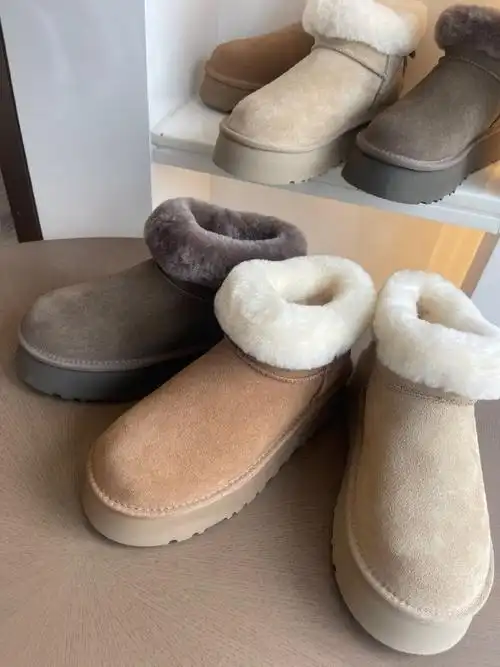
Learn how to partner with footwear OEM factories for private label manufacturing. Discover cost-saving strategies, quality control tips, and legal compliance frameworks to scale your brand.
—
Introduction
The global private label footwear market is projected to grow at 8% CAGR, driven by retailers and startups seeking to differentiate through unique designs while leveraging manufacturer expertise. For brands aiming to build a loyal customer base, footwear private label manufacturing offers a scalable solution to produce high-quality shoes under their own branding. This guide unpacks how to navigate OEM partnerships, avoid common pitfalls, and optimize costs for competitive advantage.
—
Why Choose Private Label Footwear Manufacturing?
1. Brand Identity Control
OEM factories allow full customization of:
– Design elements (logos, colorways, packaging).
– Material selection (leather, mesh, sustainable alternatives).
– Fit profiles (custom lasts for target demographics).
2. Cost Efficiency
By eliminating in-house production overhead, brands save 30–50% on per-unit costs through:
– Bulk material sourcing by factories.
– Shared production facilities for economies of scale.
– No R&D expenses for tooling or prototyping.
3. Faster Time-to-Market
Experienced factories streamline workflows, reducing lead times to:
– 15–30 days for sample development.
– 30–45 days for bulk production.
—
Step-by-Step Process for Private Label Shoe Production
Phase 1: Concept Development
– Define your niche: Target styles (e.g., running shoes, slip-ons) and audience (e.g., athletes, casual wearers).
– Create design briefs: Include technical specs (materials, sizes) and aesthetic references.
– Sign NDAs: Protect intellectual property for exclusive designs.
Phase 2: Factory Selection & Vetting
– Key criteria:
– ISO certifications (9001 for quality, 14001 for sustainability).
– MOQ flexibility (e.g., 500 pairs for startups).
– Compliance expertise (REACH, CPSIA, EU REACH).
– Tools for vetting: Alibaba Gold Suppliers, factory audits, client testimonials.
Phase 3: Prototyping & Approval
– 3D rendering: Validate design accuracy virtually.
– Physical samples: Test fit, durability, and comfort (2–3 iterations).
– Cost optimization: Adjust materials or construction to align with budgets.
Phase 4: Mass Production & QC
– Production steps:
1. Material cutting (laser/CNC precision).
2. Upper stitching and lasting.
3. Sole bonding (adhesive curing at 80–120°C).
4. Final inspection and packaging.
– QC protocols:
– AQL 2.5 sampling (acceptable defect rate ≤1%).
– Pre-shipment audits by third-party inspectors.
Phase 5: Branding & Logistics
– Customization options:
– Laser-engraved logos.
– Custom tags, dust bags, and retail packaging.
– Shipping terms: FOB, CIF, or DDP to optimize costs and control.
—
Key Challenges & Solutions
Challenge 1: Design Realization vs. Cost Limits
– Solution: Use modular designs (e.g., interchangeable colorways) to reduce tooling costs.
Challenge 2: Sizing Localization
– Solution: Factories integrate regional foot databases (e.g., EU vs. US sizing charts).
Challenge 3: Quality Control
– Solution: Conduct pre-shipment inspections and negotiate defect clauses (e.g., ≤1% rate).
—
Cost Breakdown & ROI Optimization
Component Cost Range CostSaving Strategies
Design & Prototyping $500–$2,000 per model Reuse lasts/molds for seasonal variants
Material Costs $3–$10 per pair Bulk purchasing reduces unit cost
Prototyping $200–$500 per iteration Opt for digital prototyping (3D printing)
Shipping (FOB) $1.2–$3 per pair Consolidate orders for LCL shipping
ROI Tip: Reuse molds for similar designs to amortize upfront tooling costs.
—
FAQs: Private Label Footwear Manufacturing
Q: Can I use my own materials?
A: Yes, but factories may charge a material handling fee (5–10% of total cost).
Q: What’s the minimum order quantity?
A: Most factories require 500–1,000 pairs for standard designs; niche styles may start at 300 pairs.
Q: How to handle returns or defects?
A: Include a quality agreement with clear defect thresholds and rework responsibilities.
—
Conclusion
Private label footwear manufacturing empowers brands to build unique identities while leveraging manufacturer expertise. By prioritizing factories with ISO certifications, transparent pricing, and scalable production, businesses can reduce costs, accelerate launches, and compete effectively in saturated markets. Start by collaborating with verified OEM partners to transform your design vision into market-ready products.
—
Optimization Strategy:
– Primary Keywords: “footwear private label manufacturing,” “OEM shoe manufacturer,” “private label sneakers factory”
– Secondary Keywords: “custom shoe last production,” “wholesale OEM shoes,” “branding and packaging for footwear”
– Semantic Variations: Terms like “how to start private label shoe business,” “OEM vs white label footwear,” “sustainable private label production” align with buyer intent.
– Internal Linking: Connect to related guides (e.g., “How to Negotiate FOB Shipping Terms”).
– Content Refresh**: Update cost tables biannually to reflect material price trends.
This structure enhances search visibility for commercial queries while positioning your factory as a trusted partner in private label footwear production
Article link:https://www.vlefooena.com/manufacturer/3664/

No reply content